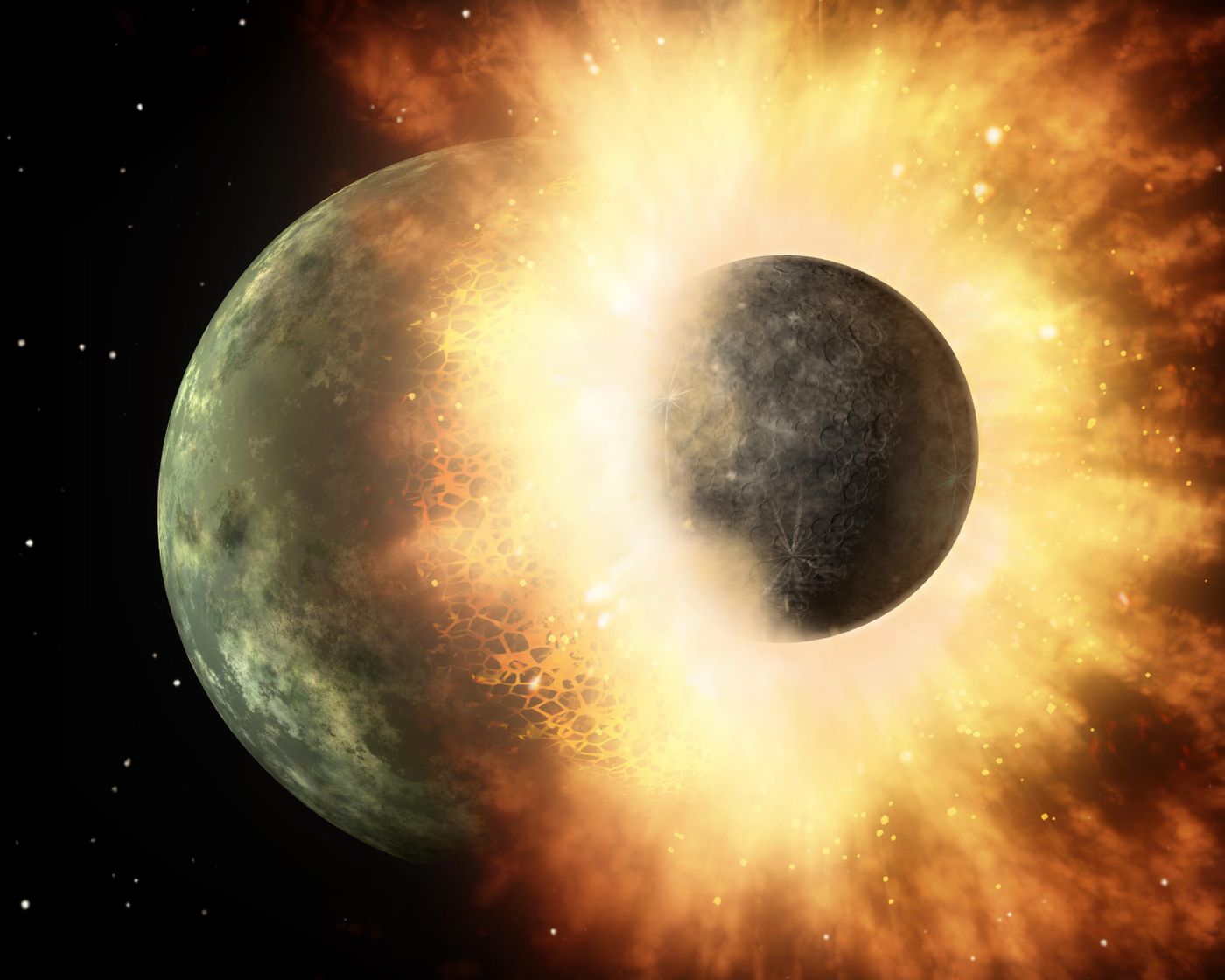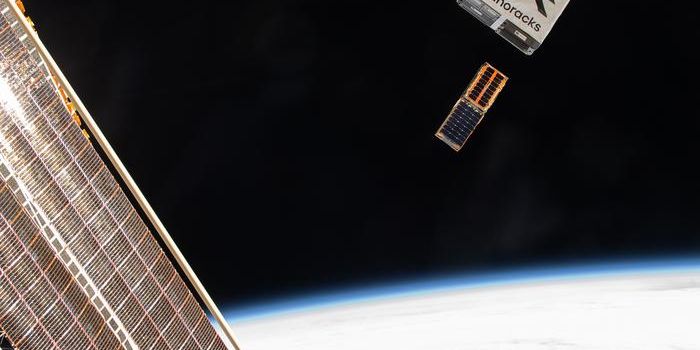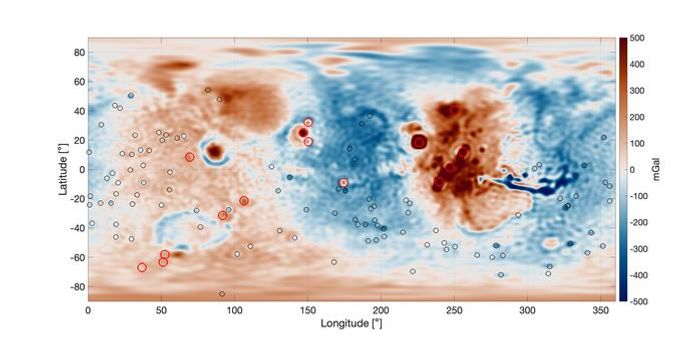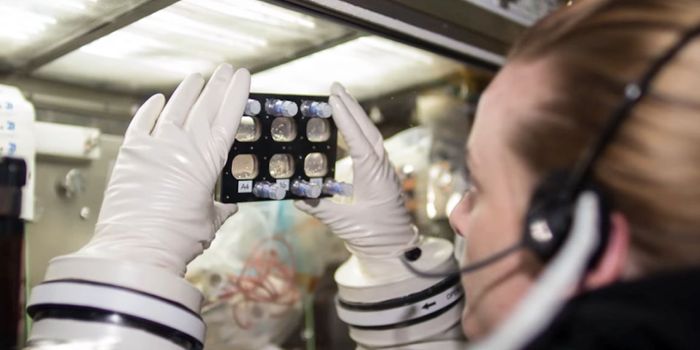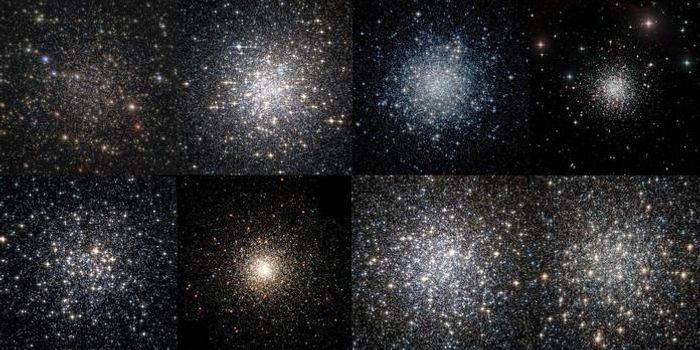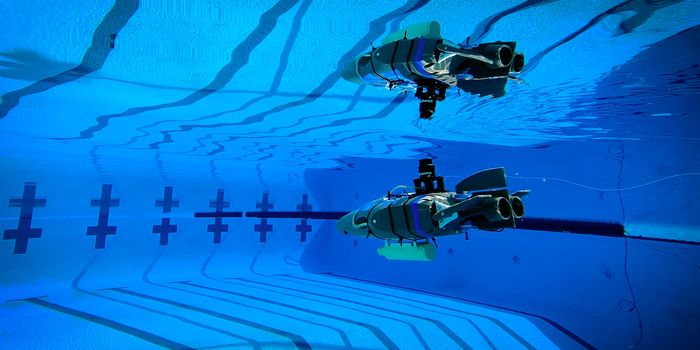Supercomputer Divulges Immediate Formation of Moon
Numerous theories have evolved over the years as to how the Earth’s Moon came to be, with one early theory suggesting our Moon formed as a sister world as the Earth was forming, while a second theory stated our Moon initially formed somewhere else in the solar system, eventually being captured by Earth orbit. However, these theories failed to explain the difference in composition between the two planetary bodies. Eventually, the scientific community accepted that our Moon formed from a collision between Earth and a Mars-sized object called Theia, known as the giant-impact hypothesis. But the length of time the Moon took to coalesce has been argued for years.
In a recent study published in The Astrophysical Journal Letters, an international team of researchers led by Durham University use supercomputer simulations to theorize that the Earth’s Moon formed in a matter of hours after a Mars-sized object collided with the Earth, which opposes longstanding theories that it took months, or even years, to fully coalesce into the bright sphere we know it as today. This study holds the potential for helping us better understand planetary body formations and evolution, even for our own planet.
"This opens up a whole new range of possible starting places for the Moon's evolution," said Dr. Jacob Kegerreis, a postdoctoral researcher at NASA's Ames Research Center, and lead author of the study. "We went into this project not knowing exactly what the outcomes of these high-resolution simulations would be. So, on top of the big eye-opener that standard resolutions can give you misleading answers, it was extra exciting that the new results could include a tantalizingly Moon-like satellite in orbit."
For the study, the researchers used high-resolution computer simulations that surpass previous, lower-resolution simulations, allowing the researchers to observe certain behaviors that previous simulations might have missed.
"The more we learn about how the Moon came to be, the more we discover about the evolution of our own Earth," said Dr. Vincent Eke, a researcher at Durham University, and a co-author on the study. "Their histories are intertwined -- and could be echoed in the stories of other planets changed by similar or very different collisions."
Sources: Planetary Science Institute, Natural History Museum, The Astrophysical Journal Letters
As always, keep doing science & keep looking up!
